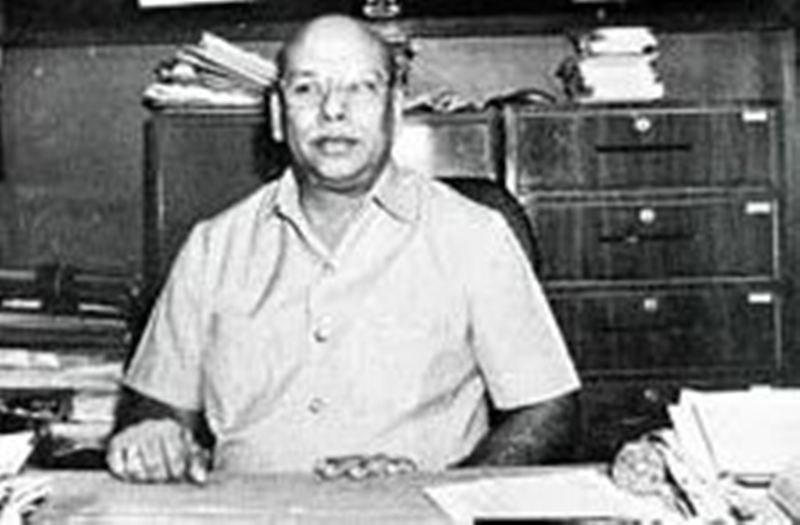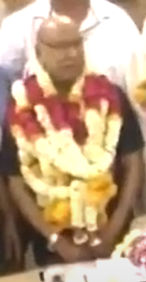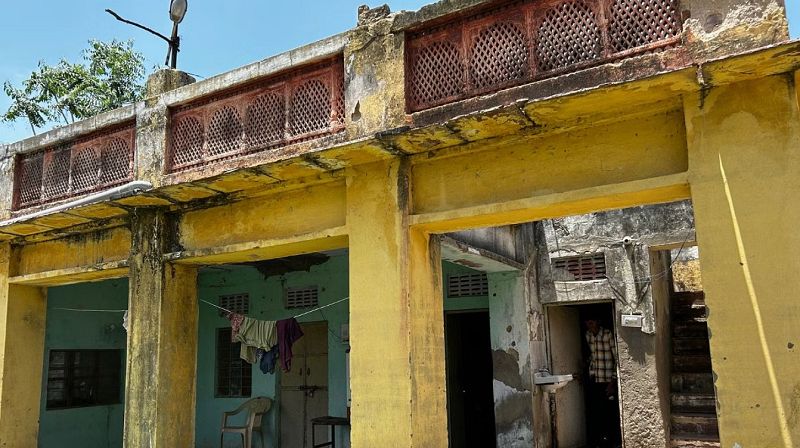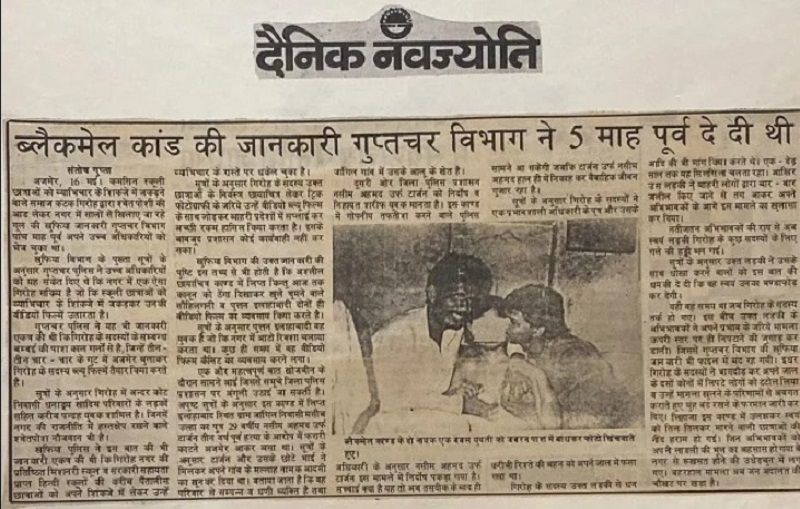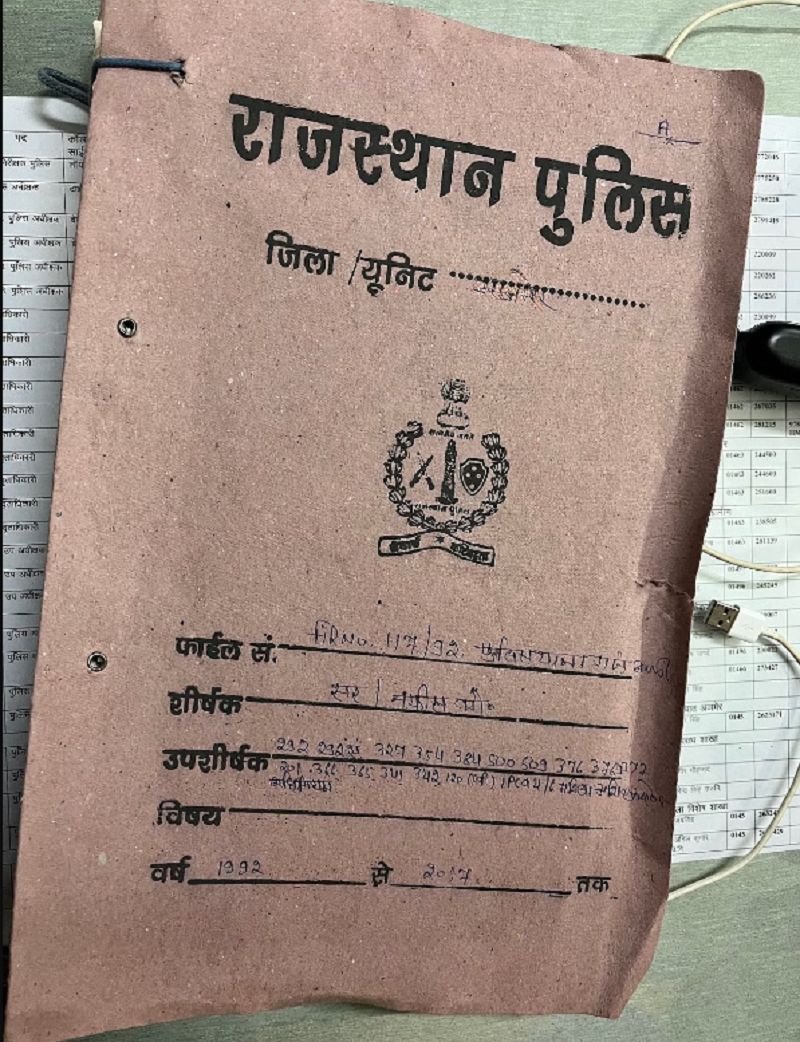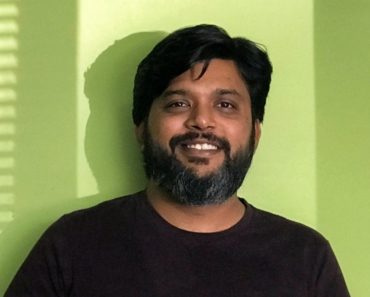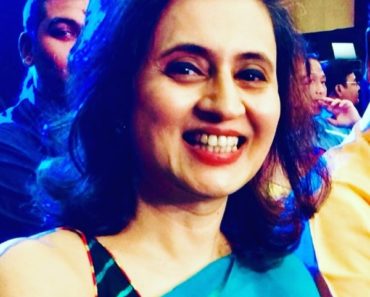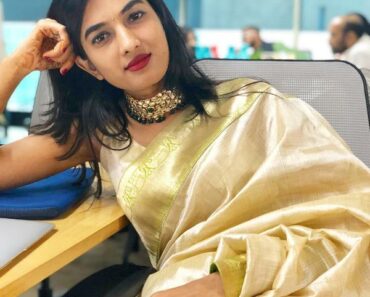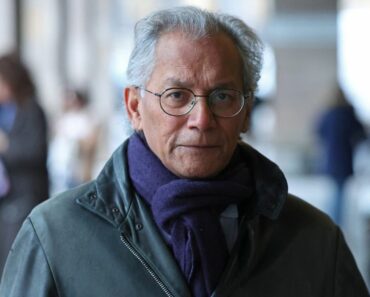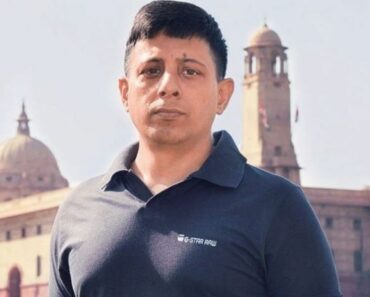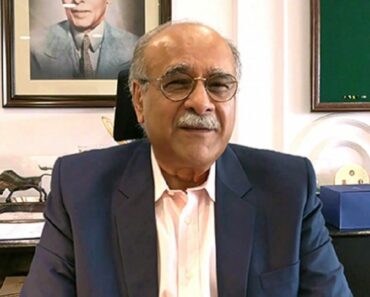Deenbandhu Chaudhary is an Indian journalist who used to work for the local newspaper Dainik Navajyoti and gained popularity for covering the story about Ajmer Rape Case held in 1992.
Contents
Wiki/Biography
Deenbandhu Chaudhary was born on Saturday, 19 December 1936 (age 86 years; as of 2023) in Khadlai, Rajasthan. His zodiac sign is Sagittarius. He pursued a Bachelor of science in mathematics at the University of Rajasthan, Jaipur.
Physical Appearance
Hair Colour: Bald
Eye Colour: Black
Family
Parents & Siblings
Deenbandhu’s father’s name is Durga Prasad and his mother’s name is Vimla Devi Chaudhary.
Wife & Children
He got married to Pratibha Agarwal on 11 May 1965. Together, they had two sons, Narendra Chaudhary and Harsh Chaudhary, and a daughter, Neelima Chaudhary.
Career
He was a member of All India Newspaper Annals, Delhi, since 1957. In 1959, he was a member of the Language Newspaper Association India, Delhi and a member of the Indian Newspaper Society, Delhi. In 1990, he became the President of Ajmer Zila Patrakar Sangh, Ajmer. From 1993-1994, he was a member of the Rajasthan Telephone Advisory Committee, Jaipur. In 1993, he became a member of the Rajasthan Postal Advisory Committee, Jaipur. He also served as a member of the Hindi advisory board Ministry of Mines, Government of India, member of the divisional railway consultative committee, Northwest and Railway. In 1987, he became the secretary general of the Citizen’s Council, Ajmer. From 1994-1995, he was a member of the Zonal Runway Consumer Consultation Committee, Bombay. He was also a member of the zonal Consumer Consultant Committee. In 1980, he was a member of the Rotary. In 1992, he was elected as the president of Ajmer Club.
Ajmer Rape Case Coverage
The serial gang rape and blackmail case from 1992 occurred in the Rajasthani city of Ajmer. The research revealed that the scandal included hundreds of college and high school students. The event gained attention after Navajyoti, a local newspaper, published a story regarding the publication of some naked photos and local gangs blackmailing schoolchildren. According to the study, the victims were transported to a farmhouse or bungalow for many years up until 1992, when one or more men sexually assaulted them there. Additionally, the accused took explicit photos of the victims that were later used to blackmail them. The photos of the girls used to be produced at Bharosa Colour Lab, a nearby photo studio. According to the police inquiry, the locals were aware of the activities happening in their neighbourhood but did not report it.
The scandal unfolded through a network of serial offenders, primarily involving influential local men, who specifically targeted young girls. It began when Farooq Chistee lured one of the girls from Sophia Senior Secondary School in Ajmer and obtained explicit photos of her. Using these photos, he blackmailed her into introducing him to her classmates and friends. Once he gained access to them, he proceeded to commit acts of rape, sexual assault and captured obscene images of the victims. This pattern continued over an extended period, with the gang expanding their victimization to more girls. They would photograph the girls in compromising situations and exploit them by using the images as a means of control. Deenbandhu was working as the editor of Navajyoti during that period and revealed that the local law enforcement authorities had knowledge of the scandal for nearly a year before it became public. However, they did not initiate any investigation against the politicians involved. Chaudhary himself had reservations about publishing the story due to the perpetrators’ connections to the influential ‘Khadims’ family. However, he decided to pursue the story as a means of pressuring the local administration to take action against those responsible.
Following further investigation, the police lodged a First Information Report (FIR) against the initial eight accused individuals.
As the probe progressed, a total of 18 men were charged in relation to the case, leading to protests and creating a tense atmosphere among the local community. After the arrest of the accused individuals, a three-day shutdown was enforced, and news regarding exploitation and blackmail began to circulate. Retired Rajasthan DGP Omendra Bhardwaj, who served as the Deputy Inspector General of Police in Ajmer at the time, stated that the victims were fearful of speaking out against the accused due to their social and financial influence. He further mentioned that several young and vulnerable victims had tragically taken their own lives, and many others disputed the statements provided in court. There were also suspicions of the culprits having connections with organizations such as Pakistan’s ISI, PFI, and Dawat-E-Islami. Multiple victims reported facing harassment and threats, with little support from society or even their own families. Ajmer Mahila Samooh, the organization that took up the victims’ cause, also faced threats and eventually withdrew from the case. All 19 individuals involved in the case faced kidnapping charges. During the investigation, it was revealed that the primary accused, Farooq Chishtee, held the position of President of the Ajmer Youth Congress. Initially, he was declared mentally unstable, but in 2007, a fast-track court in Ajmer convicted him. Nafis Chishtee, who was the Vice-President of Ajmer Indian National Congress, and Anwar Chishtee, the Joint Secretary of Ajmer Indian National Congress, were also implicated in the case. Additionally, Moijullah (alias Puttan), Ishrat Ali, Anwar Chishtee, and Shamshuddin (alias Meradona) received sentences from the court. On 4 January 2012, Saiyed Saleem Chishtee, one of the primary accused, was arrested by the Rajasthan Police’s Special Operations Group (SOG). Another key accused, Alamas, managed to evade capture for an extended period. According to police and women-focused NGOs constructing a case against the accused proved challenging as many victims were reluctant to come forward. However, the existence of photographs and videos used for blackmail helped in identifying the perpetrators. Reports indicate that thirty victims were identified, but only twelve filed cases. Out of those twelve, ten withdrew their cases, leaving only two individuals who proceeded with legal action. Among the 18 accused individuals charged with abduction, gang rape, and violating the Indecent Representation of Women Act, one of them took their own life. In 2013, the Rajasthan High Court reduced the sentence of life imprisonment to the time already served by the individual in question. According to certain police statements, it was revealed that some tabloids, which gained significant popularity during that time, also engaged in blackmailing the victims. These tabloids had access to the explicit images of the girls and would demand money from the victims’ families to prevent the images from being made public.
Achievements
Marquis Who’s Who recognized him as a notable newspaper publisher.
Facts/Trivia
- In 2013, he was honoured as the Guest of Honor at the Leadership Summit 2013, which took place at the prestigious Surya Mahal in Bhilwara.
- On 21 July 2023, a film named “Ajmer 92” directed by Pushpendra Singh and produced by Umesh Kumar Tiwari was released in cinemas. It was based on the Ajmer rape case that took place in 1992.

